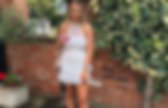

Instagram. Magda di Siena is an architect, an interior stylist and an art consultant.
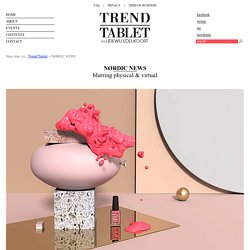
Her work is focused on projecting and setting exhibitions, fair stands, paper advertisements. She visited the Venice Architecture Biennale and shares with us the Nordic Pavilion. One of the most interesting pavilions at the 13th Venice Architecture Biennale is undoubtedly the Nordic pavilion (representing Norway, Finland and Sweden), built in a 1962 design by Sverre Fehn, which celebrates its 50th birthday this year.
To mark the occasion the curator, Peter MacKeith, has commissioned 32 architects, all born after 1962, to present their concepts of architecture as common ground. In this pavilion, whose interior includes a number of trees integral to Fehn's design, the concept of an open dialogue with nature is already clearly expressed, and it seems that the new generations have taken the idea to heart. Magda Di Siena www.labiennale.org Magda's web site. Archive Inspiring curiosity and visualising connectivity through curated pattern research Wearing Diamonds | Issey Miyake.
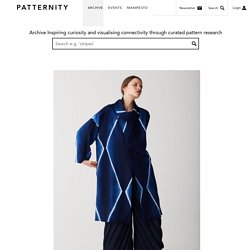
Studio Edelkoort is a creative and operational consulting office working on an international level.

Based on trend forecasting, brand’s legacy and market study, Studio Edelkoort develops for its clients made-to-measure services where thought and analysis nourish intuition and creation: • Elaboration and advise on brand & product identity and development strategy • State of affairs, brainstorming and prospectives • Trend studies and concepts’ development • Colour and fabric inspiration • New language • Graphics, packaging & communication Studio Edelkoort’s field of action serves both global and local customers. Gert van de Keuken and Sophie Lattes, heads of the creative department in co-ordination with Sophie Carlier, collaborate with a highly qualified team of resourceful individuals: designers, graphic developers, artists, stylists and consultants. www.edelkoort.com photos by gianni basso. Rock, Paper, Scissors is not just any art exhibition.
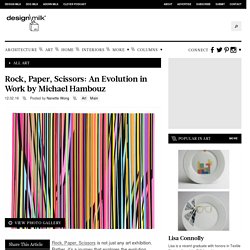
Rather, it’s a journey that explores the evolution Michael Hambouz’s studies in color, form, and process that began in 2014. His work quickly morphed through the years as his unexpected passion for paper began. Factory Made #5, 2014 After the death of a parent, Michael turned to his art to cope, as well as reconnect with his hometown, where it all began. He began by carefully examining the production process at French Paper Company, one of the few independently-owned paper mills in America that happens to be close to his home. Studio 903. What makes good design?
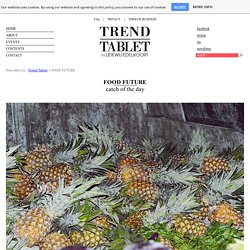
Or rather, what makes design “good”? Aside from creating playful, innovative design that feasts on the senses, celebrates nature and thrives on bold colors, Icelandic design is taking steps in bringing positive change to society. A recurring theme in this year’s DesignMarch in Reykjavik– the 10th anniversary of the festival – is social design. The international and local speakers at DesignTalks explored design’s power and potential to be a catalyst for social change, in several different aspects. One of the speakers is Icelandic designer Björn Steinar Blumenstein.
“Food waste is a huge problem everywhere in the world. At first, he approached professional companies, but found the process very bureaucratic and slow. Anyone can build their own distilling machine using kitchen equipment and parts that can easily be bought in stores. Www.bjornsteinar.com Angel Trinidad. Design wendy andreu - photo ronald smits Wendy Andreu is a recent Design Academy graduate; she describes herself as a craft designer that communicates through the materials she is using.
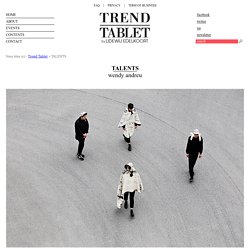
In her work she bridges matter, people and space and through her project ‘Regen’ she came up with a new and innovative way for producing water-proof garments without sewing or cutting patterns. Can you tell us a bit about your graduation collection ‘Regen’? ‘Regen’ (‘rain’ in Dutch) was born two years ago when I was experimenting with rope and latex. I found out that the latex could get stuck into the cotton fibers and therefore « glue » them together. Before coming to Eindhoven, I studied metal craftsmanship at Ecole Boulle. I am working hands-on most of the time, materializing the ideas I have in my mind. I barely draw on a piece of paper; I would rather sketch in 3 dimensions.